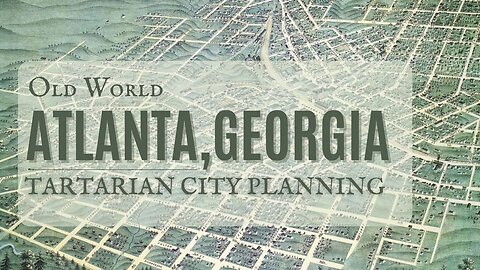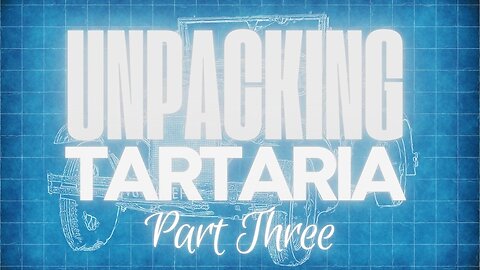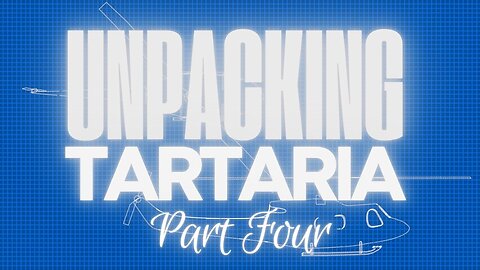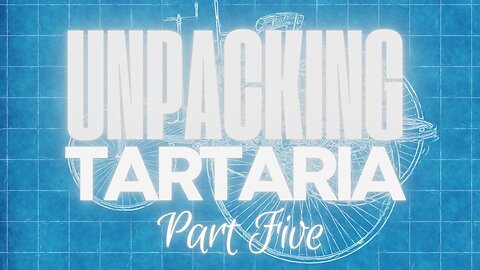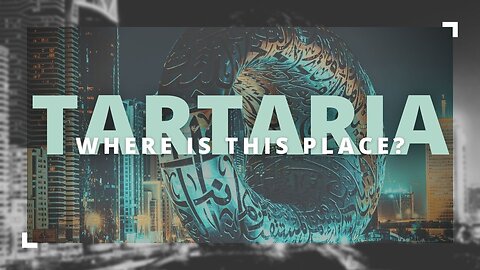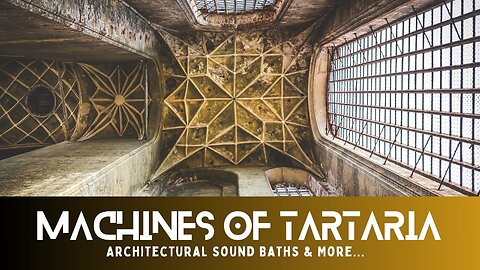Premium Only Content

Salt Lake City, Utah. 1860. Built or Found? Again, where are the people?
Exquisite Old World Philadelphia. Founded 1682. Why Did They Move The Capital to DC?
Huh? 400-ft. Deep Salt Mine with Carved Balconies Dug During the Middle Ages!
A Look At Reclaiming The Old World by Introducing The Industrial Revolution
The Missing Link Between Hospitals & Asylums During The 1800's.
The Coincidental Improbability of Electric Tram Systems Worldwide
It's Not Buried but 5 Stories Await You in This Intricate 1498 Underground Temple
The Crystal Palace. 1st Photographs. 1851. Glass & Steel. Burnt to The Ground.
What Happened In San Francisco During The 1800's? Official Narrative Dismantled.
Over 100 Miles of Streets Discovered Underneath Detroit, MI. In 1895!
These Look Like Old World Palaces ... They're Telling Us They're Just Caves.
Underground Eureka Springs, Arkansas • Where Basements Have Basements
Do We Know Who Really Built the Parthenon in Nashville, Tennessee?
Visiting American Insane Asylums & Reset Prisons During The 1800's
The Concealed History of The Chattanooga Tennessee Underground
The Last Remaining U.S. Old World City - New Orleans, Louisiana
The Baby Merchants - Mud Flood Baby Cloning Operations
Children of The Mud Flood. Creepy Repopulation Postcards dated 1880 - 1910.
1904 World's Fair Building Dated 1803! 'Construction' Photos...
Empty Cities in The 1860's But...Where Are The People?
Los Angeles, California BEFORE the Mud floods - 1st Photos (1864-1909)
Looking 80 ft. Below The Mud flood in Kansas City, Missouri
Mud Flood. Kansas City. Missouri. 1860's. Receipts.
The Flying Train, An Old World Suspended Rail, Germany, 1902
What Really Happened in America in 1800-1900? (Pt. 2)
Mud Flood History Reeks Around Alexander The Great & Thunder Stone
The Great Workhouse Reset During the 1800's
OLD WORLD ORDER: Everything's A Lie & History Has Been Fabricated.
The Rise of Insane Asylums in the 1800's & their role in The Orphan Trains
Sky Ships of Tartaria & Their Visionary Inventors
Gilded Age, Tartarian 'Summer Home' of The Vanderbilt's. Narrative: 2 Years to Build!
Why We Can't Build These Anymore...
The Mud Flood Theory 101
Mud Flood Mansions & the Gilded Age Deception
The Orphan Train-a Social Experiment Gone Bad
Old World Cities Existed In The United States! So, WHO (re)wrote our history?
Wireless Electric Streetcars In The 1800's All Over The World!
The Tartarian Skyscraper 'Traymore by The Sea' Hotel in Atlantic City
Replenishing The World's Work Force with Orphans
Kiev, Ukraine Old World Tartarian History In Stunning Archival Photos
Tartaria Reset | Life & Times of Frederick Law Olmsted (allegedly built Central Park)
The Land of Tartaria Illustrated in 250+ Authentic, Archival Photographs
Argentina Mudflood Oldest Photos, Starfort, Empty streets, Completed buildings & Mud streets
The U.S. Constitution is Tartarian - Discover The Legendary City of Norumbega
Tartarian Mysteries - What is Roman Architectural Engineering Doing in China?
Was The U.S. Civil War A Staged Photo Psyop? [Not Suitable For Everyone]
Old World Atlanta, Georgia - Intricate Tartarian City Planning
Unpacking Tartaria, Pt. 1 - The Irish Connection, Plato & The Isles of California
Unpacking Tartaria, Pt. 2 - Unexplained Architecture & Mysterious Technology
Unpacking Tartaria, Pt. 3 - Why The White Giants in America (Instead of Indians)?
Unpacking Tartaria, Pt. 4 - Ancient EMF Technology & The Magnetic Ether
Unpacking Tartaria, Pt. 5 - Blimp Docking Stations, 1887 Electric Vehicle, Oil Oligarchy Coverups
Unpacking Tartaria, Pt. 6 - Subterranean Networks, Underground Railroads & Buried Cities
Unpacking Tartaria, Pt. 7 - Classical Art, Petrifaction, Melted Buildings & The Renaissance Lie
Unpacking Tartaria Pt. 8: Asylums / Prisons / Colleges / Mind Control / Castles in America
Unpacking Tartaria Pt.9: Odd Fellows, Repopulation, Orphans, Ghost Cities
Unpacking Tartaria Pt 10: Waste Management / Poop Fuel, The Gilded Age
The Orphan Train Migration From Tartaria
Where Exactly is Tartaria & Who Were The Tartars?
Ultimate Tartarian Collection of 500+ Photographs From Across The Globe
Old World Order - What If The Whole Story Has Been Fabricated?
The Architectural Machines Of Tartaria Hidden In History
Is There A Submarine In This 1850s Photo?
The Last Remaining U.S. Old World City - New Orleans, Louisiana
An exploration of the incredible Old-World city of New Orleans. This beautiful city features unique sites and buildings reflecting an astounding account of development, beauty and culture. What mysteries of the Old-World can be found in this city that stands as the Last Old-World City?
SOURCE
Lucius Aurelian
NEW ORLEANS UNIQUE ARCHITECTURE
New Orleans has many styles of architecture and some are only found in Louisiana. The usual suspects would be Classical, Gothic, Byzantine, Romanesque, Vernacular, Victorian, Neoclassical, Art Deco, Spanish Colonial, Georgian, Italianate, Greek Revival, Beaux-Arts, American Craftsman, Gothic Revival, Colonial Revival, Queen Anne and Federal. Of geographic interest specific to New Orleans would be Creole, Creole Cottages and Bungalows, American Townhouses and the iconic Shotgun Houses.
CREOLE COTTAGES: These are scattered throughout the city, with most being built between 1790 and 1860. They are 1½-story, set at ground level, with a steeply pitched roof, a symmetrical four-opening façade wall, and a wood or stucco exterior. They are often called Bungalows in the area.
AMERICAN TOWNHOUSES: Many buildings in this style were built around 1820's to 1860's and can be found in the Central Business District and Lower Garden District. They are narrow, three-story structures made of stucco or brick.
CREOLE TOWNHOMES: These were built after the Great New Orleans Fire (1788), until the mid-19th century based on an influx of creoles from not only Louisiana but the Caribbean Islands. They have courtyards, thick walls, arcades, and cast-iron balconies. The exterior is made of brick or stucco.
SHOTGUN HOUSES: This is a narrow domestic house with doors at each end. This style of architecture developed in New Orleans and was the city's predominant house type. The earliest extant New Orleans shotgun house was built in 1848 and gets it's name based on the fact that you could shoot a shotgun through the front door and it would exit the back door.
THE GREAT FIRES RAGED THROUGHOUT THE UNITED STATES
All major cities in America had a Great Fire and they all had them during the same periods of history. The Great Fire of New Orleans is said to have occurred in 1788, was a devastating event, destroyed a significant portion of the city and left most in ruins. Herein lies the narrative for another Fire Story_
1. The fire started on March 21, 1788, on Good Friday.
2. It began at the home of Don Vincente Jose Nuñez, the Treasurer and Paymaster of the Spanish Army. The fire was fueled by a strong wind from the southeast and spread rapidly through the city, consuming almost the entire city within five hours.
3. The fire destroyed 856 of the 1,100 structures in New Orleans, spanning the south central Vieux Carré from Burgundy to Chartres Street, almost to the Mississippi River front buildings. Major buildings including the church, municipal building, army barracks, armory, and jail were destroyed.
4. Because the fire started on Good Friday, priests refused to allow church bells to be rung as a fire alarm?. It spared the riverfront buildings including the Customs House, the tobacco warehouses, the Governor's Building, the Royal Hospital, and the Ursuline Convent.
5. After the fire, colonial officials replaced the wooden buildings with masonry structures which had courtyards, thick brick walls, arcades, and wrought iron balconies. Among the new buildings were the central New Orleans (now Jackson Square) fixtures of St. Louis Cathedral and the Cabildo.
6. The funds and supervision for the Cathedral and the Cabildo were provided by Don Andres Almonaster y Rojas.
WHAT IS CREOLE?
Of note is the term "Creole" has been used to describe various ethnic groups around the world, and its meaning exhibits regional variations. In Louisiana in particular, Creole is a term for French and European mixed races. Creoles are commonly lighter-skinned than other black folks. It's important to note that the term "Creole" can have different meanings in different regions and contexts. In some places, it refers to local-born people of pure European descent, while in others, it can refer to people of mixed heritage or even to local languages and cuisines.
The term Creole was first used in the 16th century to identify descendants of French, Spanish, or Portuguese settlers living in the West Indies and Latin America. The term "Creole" derives from the Portuguese word "crioulo", which means a slave born in the master's household. In Louisiana, it identifies French-speaking populations of French or Spanish descent. Their ancestors were upper-class whites, many of whom were plantation owners or officials during the French and Spanish colonial periods. Many Creoles are descendants of French colonials who fled Saint-Domingue (Haiti) for North America's Gulf Coast when a slave insurrection (1791) challenged French authority.
HAUNTINGS AT HOTELS AND CONVENTS
You can't leave out the haunted-ness when you're dealing with a city that's gone through hundreds of years of culture and building, wars, the civil war, influxes of immigrants along with foreigners who ran the slave trades and locals from other parts of the state coming in to work. New Orleans is no exception and probably a noticeable recollection of an Old World city.
1. THE HOTEL MONTELEONE: This hotel, located in the French Quarter, has been home to everyone from royalty to movie stars since it opened in 1886. It is reportedly haunted by numerous ghosts, including the spirits of the original owner, a Jazz singer, and a young boy named Maurice.
2. LE PAVILLON HOTEL: Opened in 1907 near Bourbon Street, this hotel is known for its ghost encounters. Guests have reported seeing ghostly figures standing at the foot of their bed and hearing strange noises, which seems par for the course.
3. BOURBON ORLEAN HOTEL: The Bourbon is considered one of the most haunted hotels in New Orleans. It's said to be home to several spirits, including that of a Confederate soldier and a ghostly dancer.
4. THE CASKET GIRLS @ THE OLD URSULINE CONVENT: Legend has it that a ship carrying young women intended for marriage arrived at the Port of New Orleans one evening. After months aboard the ship, the women became increasingly sick or arrived sickly. When they arrived at the port, rumors started that they were vampires.
5. VOODOO AND WITCHCRAFT: Voodoo has always been a part of the culture of New Orleans. Even though it may not be as well-known as Witchcraft, there are plenty of real-world witches residing in New Orleans, even today.
HAUNTED MANSIONS IN THE FRENCH QUARTER
LALAURIE MANSION: Located at 1140 Royal Street, this infamous and notorious mansion was once the home of socialite Madame Delphine LaLaurie, known for her cruelty towards her slaves in the early 19th century. The mansion is a historic building with a dark and storied past. For starters, it was once the home of Madame Delphine LaLaurie, a wealthy New Orleans socialite known for her inhumanity towards her slaves in the early 19th century.
In 1832, Madame Lalaurie moved into this neoclassical mansion with her third husband, Dr. Leonard Louis Nicolas Lalaurie, a frenchman. Despite hosting many lavish parties, information surfaced about her gross mistreatment of enslaved people when a basement door was opened. The extent of Delphine LaLaurie’s cruelty remained just a rumor until April 1834, when a sudden fire in the house broke out. Firefighters discovered a group of imprisoned slaves in the attic above the kitchen. Many had been gruesomely tortured, with their bones broken, their eyes gouged out, and more unspeakable crimes.
After the fire, neighbors ransacked the mansion and destroyed what was left of the burned mansion. The Lalauries fled to Lake Pontchartrain and ultimately relocated to Paris. Today, many tourists visit the Lalaurie Mansion because it is supposedly haunted and it should be.
FREE MEDICAL CARE IN THE CRESCENT CITY
The first hospital built in New Orleans was the Charity Hospital, which opened its doors on May 10, 1736. It was founded on the goodwill of a dying French merchant named Jean Louis, who was a French seaman and boat builder in New Orleans. Jean Louis bequeathed his holdings for the founding and maintenance of Charity Hospital, which was intended to serve the indigent sick of the colony of New Orleans.
The hospital was run by the Daughters of Charity and served the city of New Orleans for close to 300 years. Over the years, the hospital had to be rebuilt several times due to fires and other events. The fifth building, constructed in 1832, was replaced in 1933 with funding from the Public Works Administration under FDR. The hospital was one of the oldest continuously operated public hospitals in the United States and set the standard for free medical care starting in Louisiana.
-
 1:35
1:35
The Aquarius Bus
1 month agoHuh? 400-ft. Deep Salt Mine with Carved Balconies Dug During the Middle Ages!
797 -
 LIVE
LIVE
Britbong
17 hours ago🔴BRITBONG'S BANTER HOUR (Videos/Banter/Gaming)
358 watching -
 LIVE
LIVE
REVRNDX
4 hours agoRUMBLE IS MY NEW HOME
467 watching -
 LIVE
LIVE
AngryVetGaming
2 hours agoEscape From Tarkov w/ The Angry One
4,104 watching -
 DVR
DVR
Side Scrollers Podcast
3 hours agoElon Musk to Start Game Studio, Veilguard BANS Laughing | Side Scrollers
5.75K17 -
 1:13:50
1:13:50
Russell Brand
3 hours agoPandemic Policies and Public Health Mistakes: Dr. Robert Redfield Speaks Out – SF504
84.6K169 -
 1:12:36
1:12:36
Geeks + Gamers
4 hours agoMoana 2 Soars To MASSIVE Thanksgiving Box Office, EVERYONE Is Turning On Disney Star Wars
30.9K4 -
 46:06
46:06
Steven Crowder
4 hours agoPREMIUM ONLY: Friday Behind the Scenes & Scrapyard Combo Grab Bag!
72.9K39 -
 1:30:21
1:30:21
MTNTOUGH Fitness Lab
4 hours agoLeadership Lessons from a Navy SEAL Officer: Sean Glass on Leading in Combat & Business |MTNT POD#92
7.5K -
 21:52
21:52
Brewzle
2 hours agoI Went Bourbon Hunting For RARE Bottles in Kentucky
9.21K1
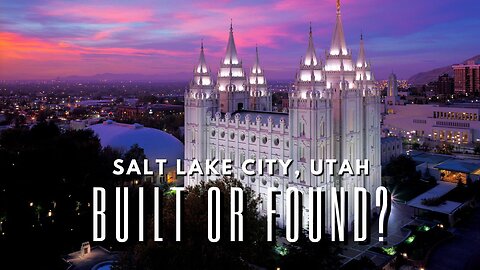

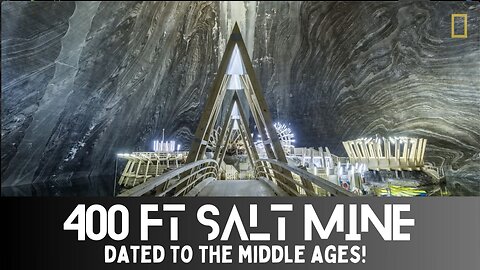
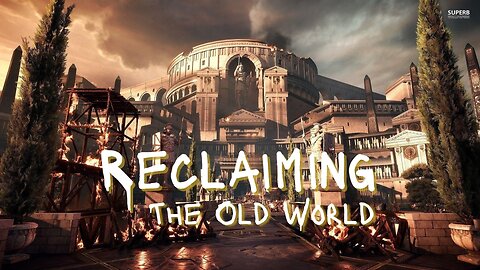
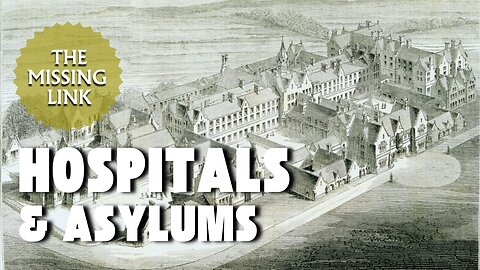
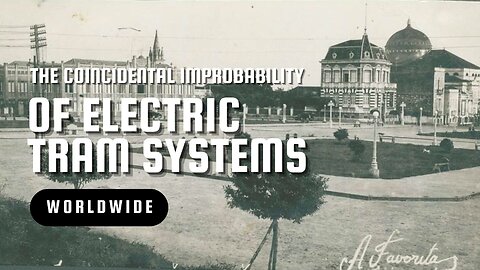



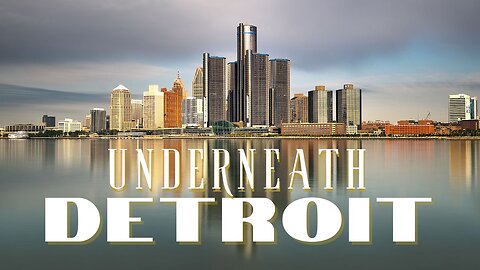
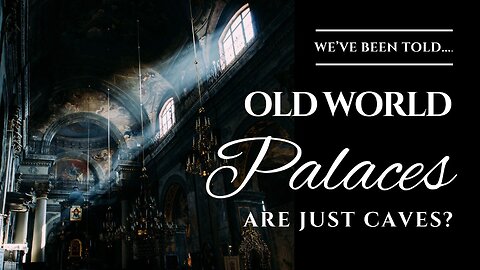
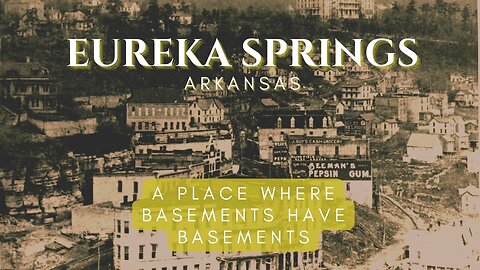


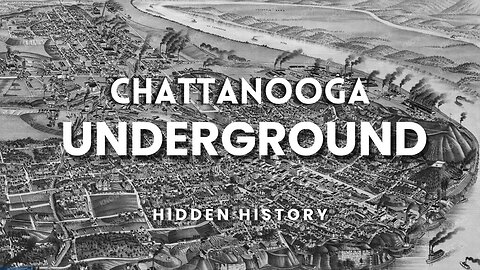
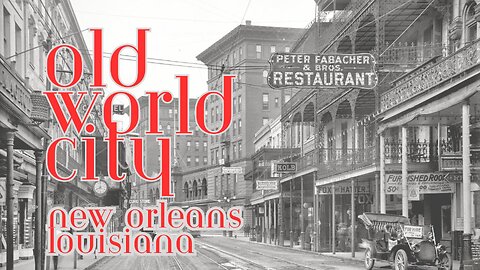
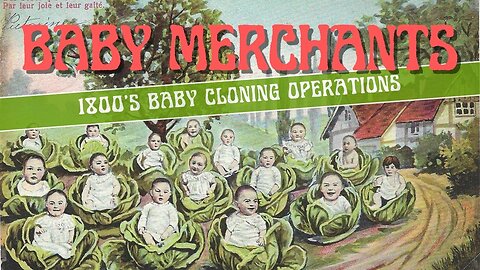

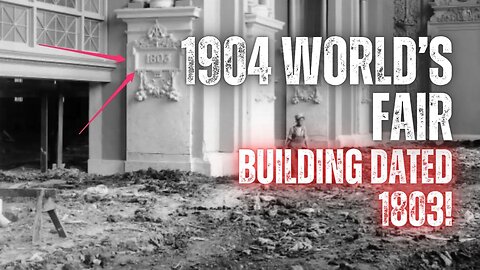
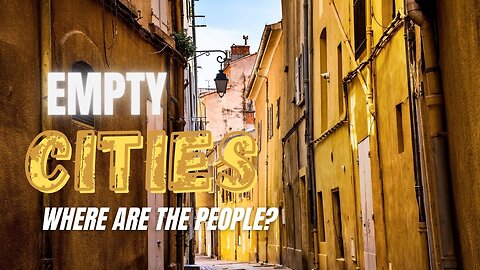

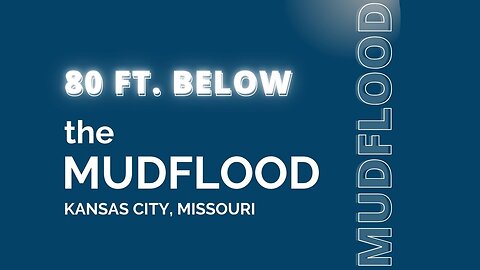
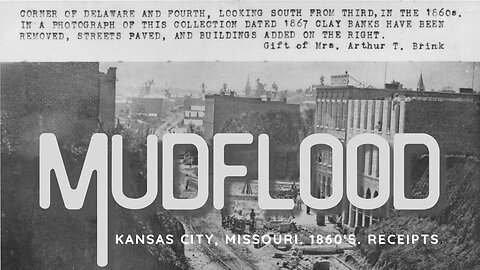
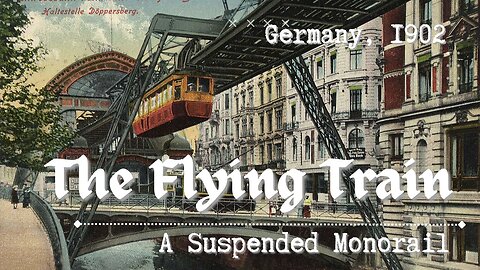



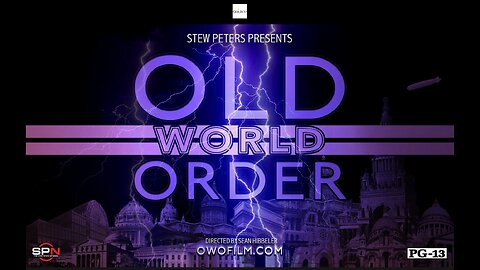
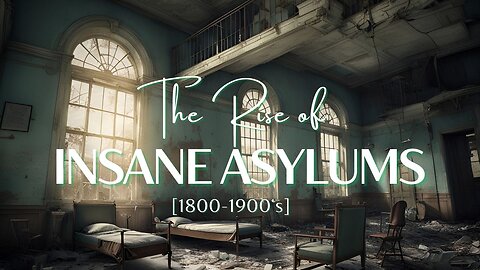




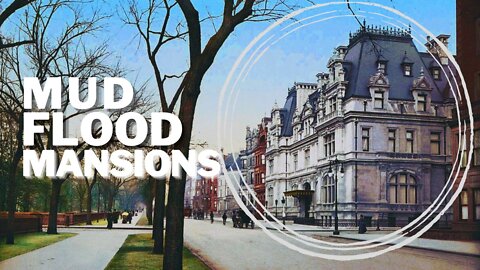
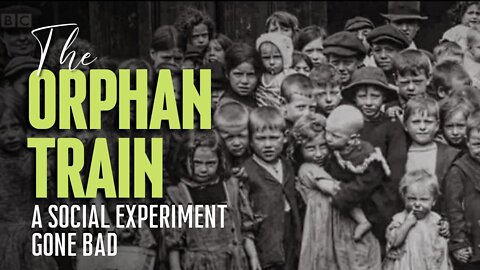

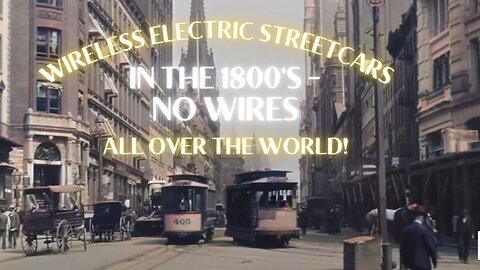

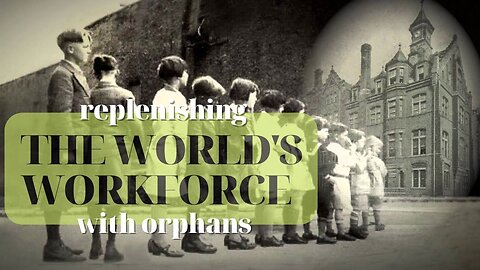

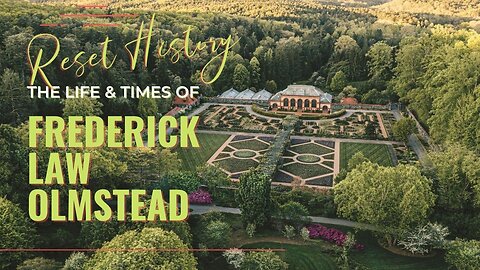

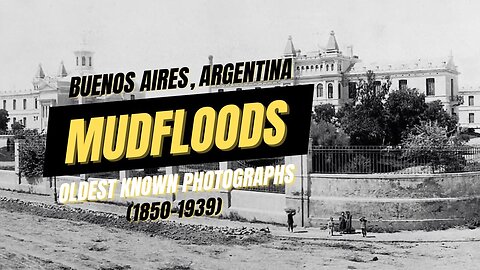
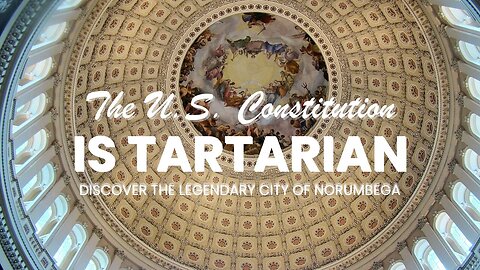

![Was The U.S. Civil War A Staged Photo Psyop? [Not Suitable For Everyone]](https://1a-1791.com/video/s8/1/q/e/u/h/qeuhl.oq1b.2-small-Was-The-U.S.-Civil-War-A-St.jpg)
